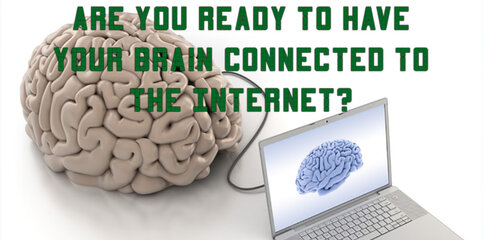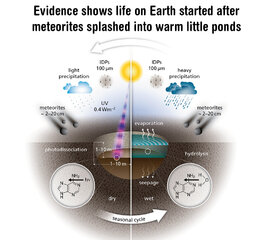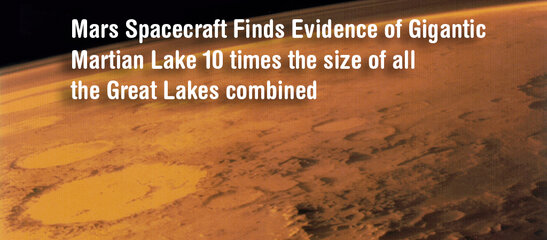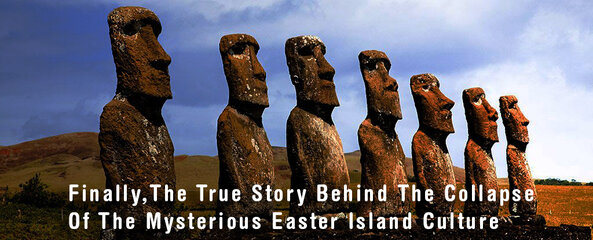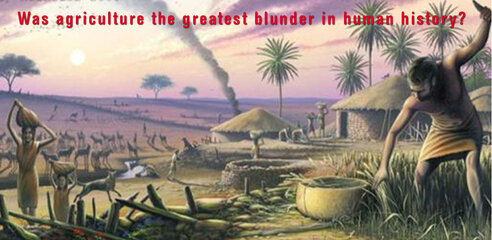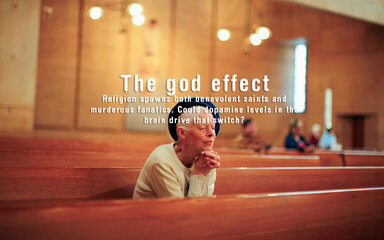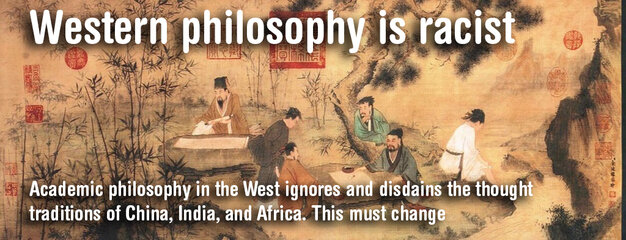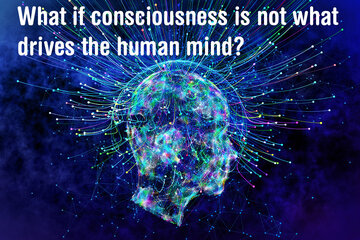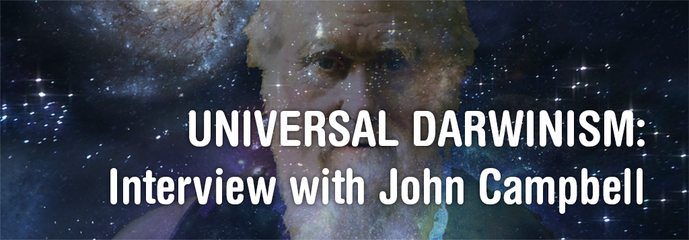- Messages
- 2,145
- Reaction score
- 5
- Points
- 28
- Thread Starter
- #21
By now we’re all familiar with the “Internet of Things” and have accepted that anything that can be digitally linked through the endless expanse of the internet no doubt will be. But what happens when one of those things is your brain? In another example of “this used to be science fiction,” that’s where we’re going next: neural digitization – our brains becoming nodes on the net.
It’s called the Brainternet and it works by converting brain waves into signals that can be livestreamed and made accessible through a web portal. The tech relies on some basic elements. Someone wears a mobile electroencephalogram (EEG) headset that captures brain wave signals. Those signals are then transmitted to a small computer that, with the help of specialized code, deciphers them to be served up as information on a website.
At the moment this is a one-way road. People on the web-portal side can see what’s happening in someone’s brain, within the limits of what EEG can offer, but can’t input info from the other direction. The creators say that’s eventually where this sort of tech is going.
“Ultimately, we’re aiming to enable interactivity between the user and their brain so that the user can provide a stimulus and see the response,” says Adam Pantanowitz, who supervised the team that created the tech at the Wits School of Electrical and Information Engineering. “In the future, there could be information transferred in both directions–inputs and outputs to the brain.”
What will enable that interactivity is, of course, our smartphones. Imagine having an app on your phone that dials up other peoples’ brains, and maybe your brain will be in their contact lists.
More immediately, though, the applications for this tech are less controversial. Its creators say it’s mainly about gaining a better understanding of how the brain works, and it offers a few practical, health-based applications.
"In the short to medium term, this mobile, portable and simple tech can enable some really forward-thinking medical applications, such as streaming brain data if a person suffers from epilepsy, or blood glucose data of a person who has diabetes," Pantanowitz told me by email. "This can allow people to interact with their own data in a unique way (through an interface or a smartphone), and allow them to store it more seamlessly (so that diagnostics can be performed), and shared with, say, a medical practitioner."
There’s nothing new about EEG, and nothing especially alarming about what the tech can enable. Plenty of devices that turn brain waves into actionable signals already exist. Some of those are basically games (like “think moving” a ball through a maze), and others are remarkable applications that circumnavigate paralysis and enable communication without speaking.
The newer element here is connectivity. It’s one thing to use brain waves to accomplish tasks, trivial or remarkable, and another to harness and translate brain activity across a network. Add interactivity, with people able to send signals back and forth, and we’ve turned yet another page in the science fiction novel we’re all living. While that may be inevitable, it’s still worth considering the implications of our brains moving ever more toward transparency.
Pantanowitz says we should be thinking through those concerns now. "I believe that any [brain] signal that is produced by a person would need to be uploaded on an opt-in basis. Not every person would be keen to 'open-source’ their thought signals (and some of their most private data). So this needs to be treated with some serious consideration, as does the security around systems like these which may appear in the future."
This project, he added, is a proof-of-concept that can catalyze these larger conversations. "I think we are going to be in a place sooner than we imagine with tech that we need to grapple with, and some major considerations are going to arise. This type of project can catalyze these conversations and allow us to face some important questions we need to grapple with sooner."
The Brainternet is just one step forward, but it’s a meaningful step, and it should spark a few questions about where we’re going next.
SOURCE

